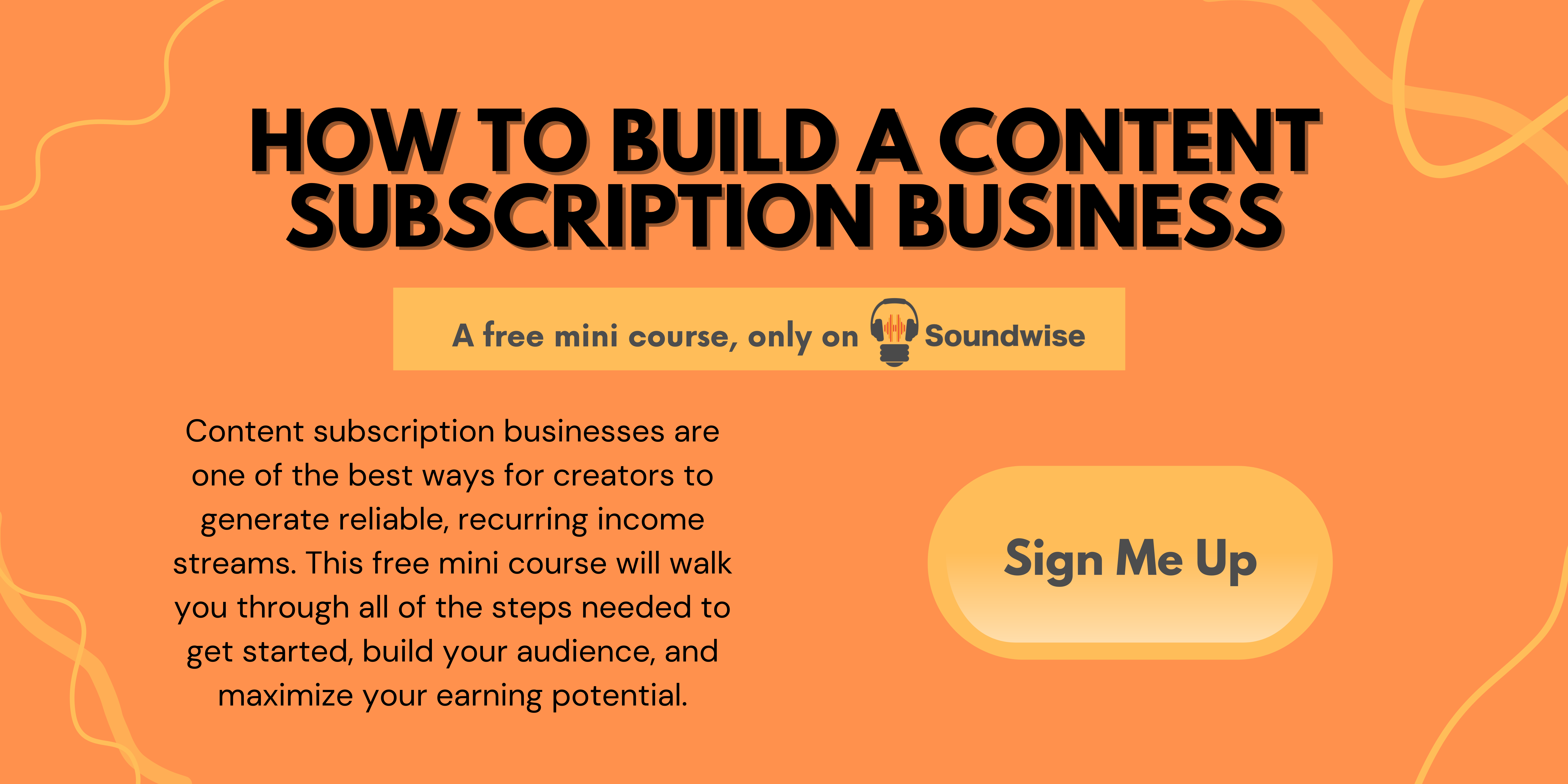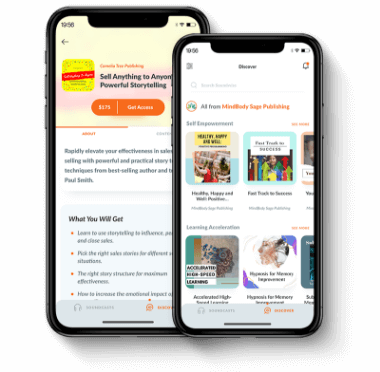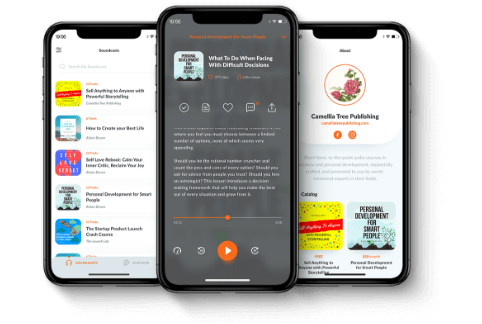Podcast listeners around the world search for quality content and are willing to pay for it. If you have valuable content that educate and/or entertain listeners, you can sell premium podcast series and create a steady stream of income. For smaller, independent podcasters, selling audios directly to your own audience is a more feasible monetization plan than selling advertising, as the latter requires large download volumes to make any ads revenue a meaningful income source.
However, many listeners are not tech-savvy, so publishers should ensure they can deliver audio content in the fastest and simplest way possible. RSS feeds can be complex and technical for a lot of people. They also do not provide any protection for your paid content. After working so hard to develop your audios, here is why you shouldn’t sell paid podcast episodes via a RSS feed.
1. Can Be Accessed by Anyone
If you are selling a subscription to your podcast, you need to keep your content secure. A RSS link grants anyone access to the item specified in the URL of the feed. Users do not have to identify themselves to listen to your podcast. It is essential to have a gatekeeper or security system since anyone can follow the link and not pay for your content. This makes it difficult for publishers to sell premium podcast episodes to private members, as often times the RSS URL can be found on your webpage’s page source. Imagine how upset your subscribers would be if they find out that everyone else can access the same exclusive content without paying.
2. A Hassle for Listeners
Most people listen to podcasts on their smartphones and tablets. This can either be while they are catching the busy train home from work, sitting at home, or when they are jogging in the park. An RSS feed is not user-friendly and makes listeners jump through hoops to get it on their mobile apps, in that they need to copy and paste your RSS link into the right place in the podcast app they happen to be using. If they don’t do it correctly, listeners might assume the RSS URL is broken, and complain even if it’s working perfectly on your side. They wouldn’t get access to any episodes despite having paid for them, and you might lose subscribers if you sell content to specific members.
3. Time-Consuming for Publishers
If your listeners are not tech-savvy, they may have trouble getting the RSS feed into their podcast app. Then you might have to hand-hold your listeners through the process. People often turn to Google and ask questions such as “What does a RSS feed look like?” or “What is RSS, and how do I use it?” Your listeners might spend more time emailing you for tech support rather than enjoying your content because they can’t understand how all this works. Then you will have to provide a step-by-step guide or video tutorial, which is time-consuming and still doesn’t guarantee if everyone would be able to follow your instructions totally. Instead of focusing on producing high-quality content, you might be dealing with a lot of queries from frustrated listeners regarding how to access your episodes.
4. Shareable without Permission
Your listeners might be massive fans of your episodes and decide to let their friends hear it too. However, their friends would not have to pay for it. When people share a RSS feed, they can grant free access to others, and there’s nothing you can do to stop them. You can request your audience not to share the feed and lecture them about copyright laws, but there will always be some who don’t listen or care. Once your RSS feed is shared, it is very challenging to track who is sharing it, and even if you did find out, many people use VPNs to hide their real identities online.
5. Difficult to Track Analytics
If you are providing a free podcast to promote your business, detailed listener analytics wouldn’t matter that much, as what you care the most is the volume of downloads. However, when it comes to paid content, detailed analytics helps a lot. Knowing who has listened to which content for how long helps you identify who are your most active fans, which types of content are most popular, etc, so that you can adjust your offerings accordingly and you’re your program even more valuable to your listeners.
6. Lack of Flexible Access Control
If any of your paid listeners decide to cancel their monthly subscription, they can still access your podcast. Many people might subscribe to your protected podcast feed to only pay for the first month, and then they will cancel and get the rest of your content for free. As a publisher, if you do not want people taking advantage of your hard work, avoid delivering through an RSS feed.
Why Soundwise Is A Better Solution for Delivering Paid Audio Content
Soundwise is an all-in-one platform to sell and deliver on-demand audio streaming programs. It aims to make the process as easy as possible, for publishers to manage their paid content securely, and to give their listeners an easy, smooth listening experience. You can create your own audio “Netflix” with minimum setup hassle, so that your valuable time will be spent on creating content, rather than dealing with your listeners’ technical problems with RSS feeds.
You also get stronger control over your sales by charging a recurring subscription, adding coupons and limited time offers, or delivering additional resources in text, image, or PDF formats. Your audio content will be secure, as no one can move them outside of the Soundwise apps.
Soundwise also provide you with detailed, analytics so you can learn essential information about your listeners and serve them better. Just like on any standard audio apps, listeners can download the content (within the app) for offline listening. And if a listener has to pause or stop an episode for any reason, Soundwise stores their progress so they can always resume right from where they left off. You can also inspire listener loyalty by building an active community around your podcast-- Listeners can create avatars and communicate with each other and with the publisher, just like on any social media platform
To start selling your paid podcast, all you have to do is upload your audios and any companion materials to your Soundwise dashboard, create a landing page using Soundwise’s user-tested template, and set the price you want to charge for your content. You can sell your audios as one-time sales, rental or subscription. You don’t have to keep track of who has the access for how long, as it’s all done for you. After listeners purchase your audios, they’ll have immediate access to the content in their account through Soundwise’s web and mobile apps.
Soundwise is the most efficient and straightforward platform for delivering audio content, you will never want to go back to dealing with the headache of RSS feeds again.







